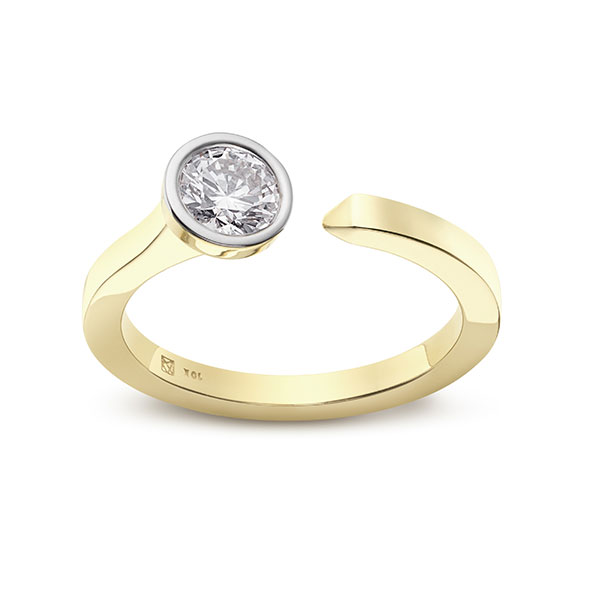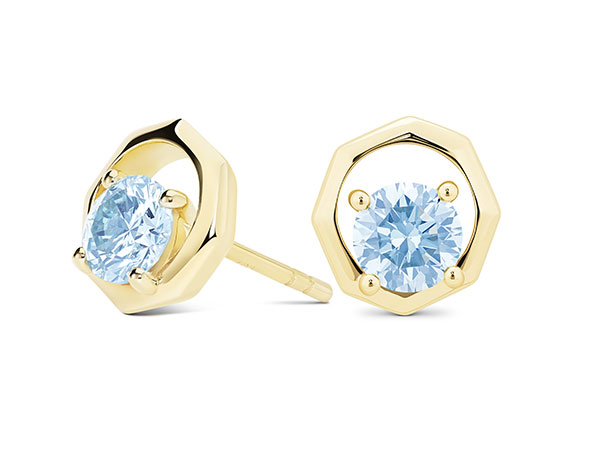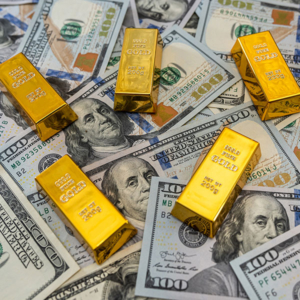
In early February, Bain & Co. released “Brilliant Under Pressure: The Global Diamond Industry 2020–21,” its 10th annual report on the global diamond trade, in partnership with the Antwerp World Diamond Centre. In addition to reviewing the industry’s performance in 2019, the report examines how the pandemic has impacted the business and offers a glimpse of how the diamond sector will evolve over the next decade.
There are two big, related takeaways for anyone interested in the lab-grown diamond category.
Retail Prices On Lab-Grown Diamonds Are Falling
Advances in technology have driven a manufacturing boom in the lab-grown diamond sector, with production in 2020 reaching between 6 million and 7 million carats. According to Bain & Co., as much as 60% of that total is being manufactured in China using HPHT technology. In the United States and India, however, CVD, or chemical vapor deposition, technology is more prominent.
As a result of the growth spurt, “retail prices for lab-grown diamonds fell in 2020 while wholesale prices remained stable,” says the report. “That led to a margin contraction for traders and jewelry manufacturers.”
Bain says that in larger-size lab-grown stones, however, the pricing model is evolving in a way that will no longer see man-made diamonds pegged to natural diamonds. Instead, Bain expects a cost-plus model to take root.
Lab-Growns Are Poised to Move Into the Fashion Category
As prices continue to decline, Bain predicts lab-grown diamonds will become “accessible to broader groups of price-sensitive consumers” and will migrate from the engagement and wedding ring sector into the fashion category, “where they have growth potential.”

As more major fashion jewelry retailers embrace lab-grown diamonds, that shift is expected to gain steam. “LGDs are edging into the fashion category as interest is rising among price-conscious consumers who may not have considered buying natural diamond jewelry of relative size/quality,” says the report.
Looking ahead to 2030, Bain outlines two scenarios: The “optimistic” forecast sees lab-grown diamonds mostly concentrated in mass jewelry with a target audience that differs from natural stones. If, however, “the trend of product differentiation reverses,” says Bain, “we could see more lab-grown diamonds in the premium jewelry segment, compensating for the decreased supply of natural diamonds.”
Top: Solitaire Open Top ring with 0.5 ct. lab-grown diamond in 10k yellow gold, $700; Lightbox
- Subscribe to the JCK News Daily
- Subscribe to the JCK Special Report
- Follow JCK on Instagram: @jckmagazine
- Follow JCK on X: @jckmagazine
- Follow JCK on Facebook: @jckmagazine








